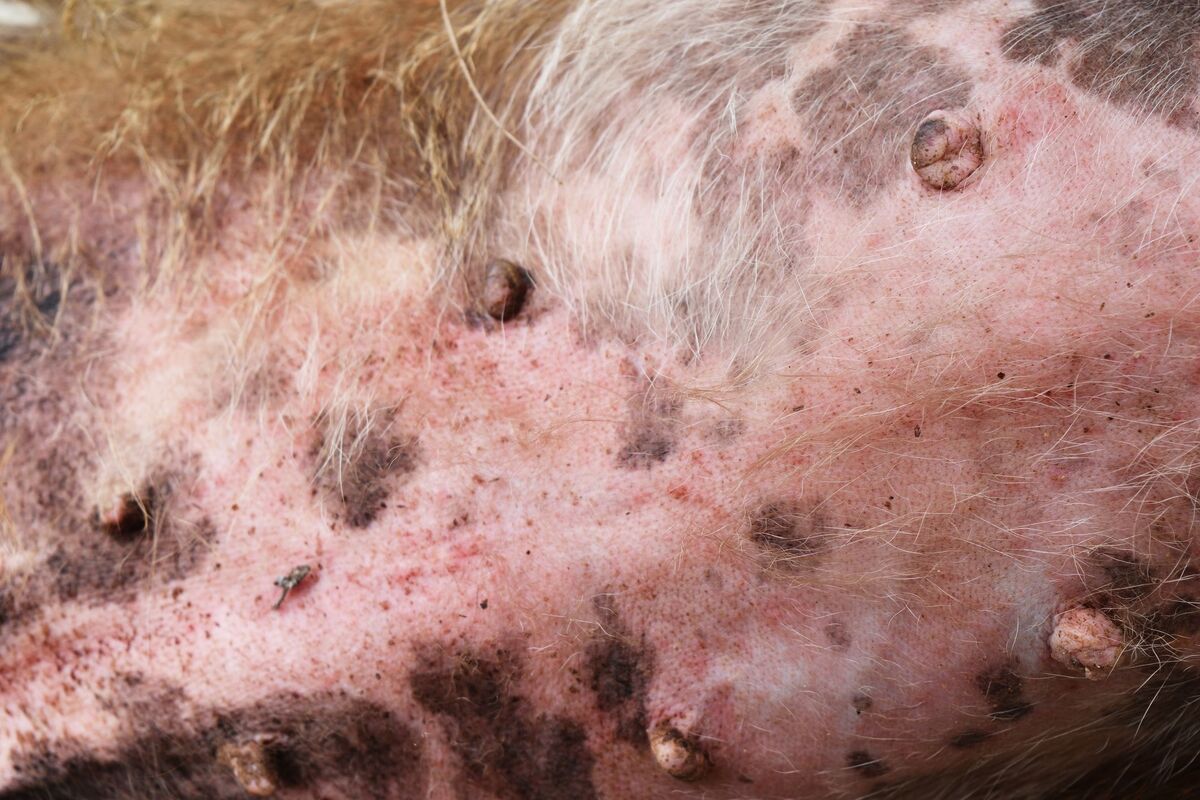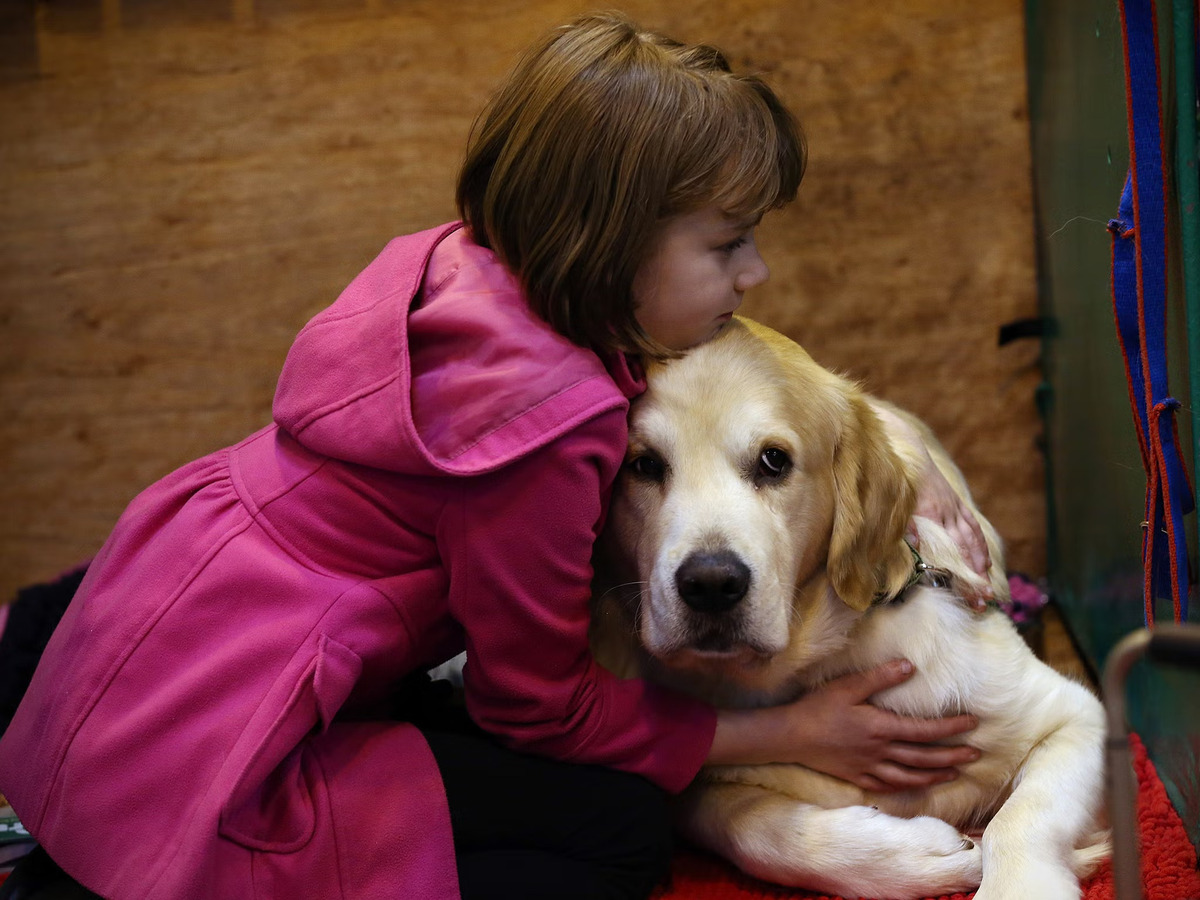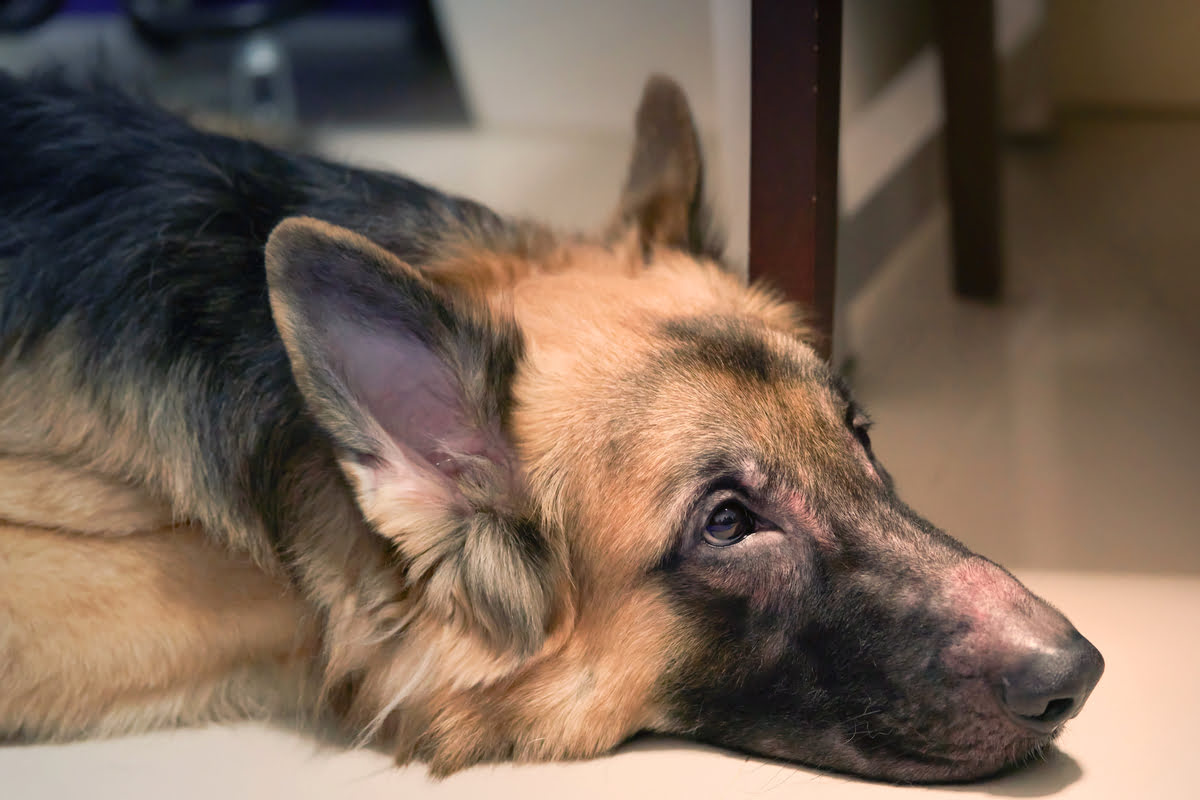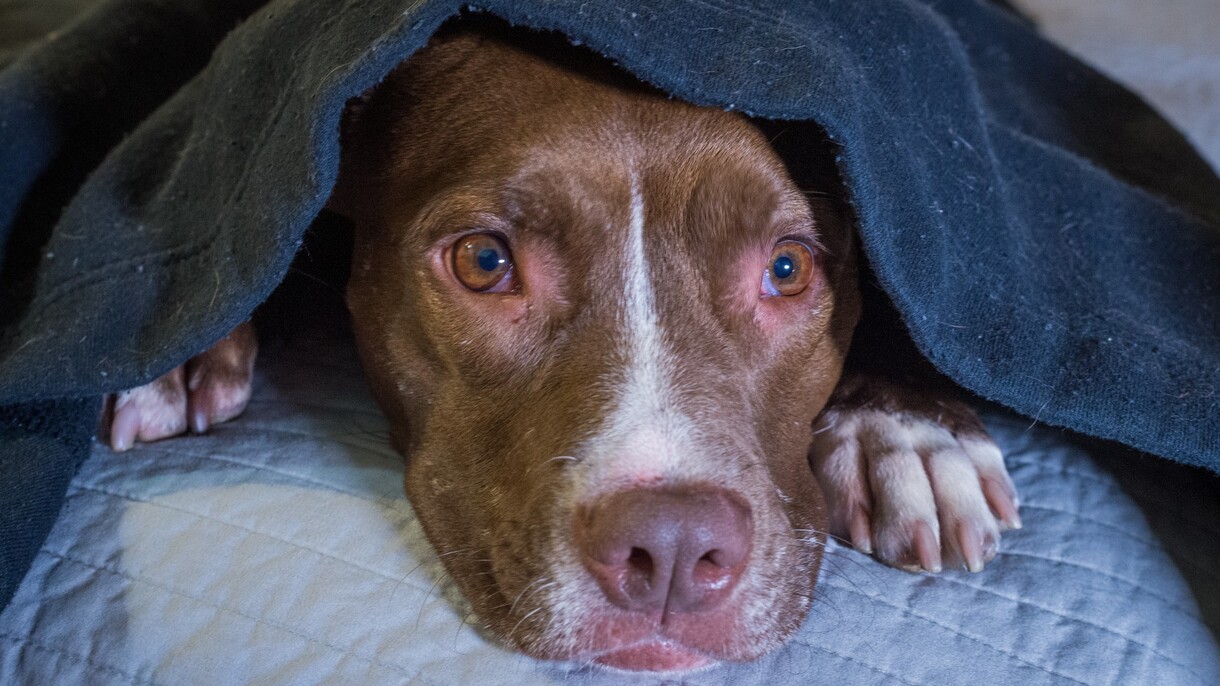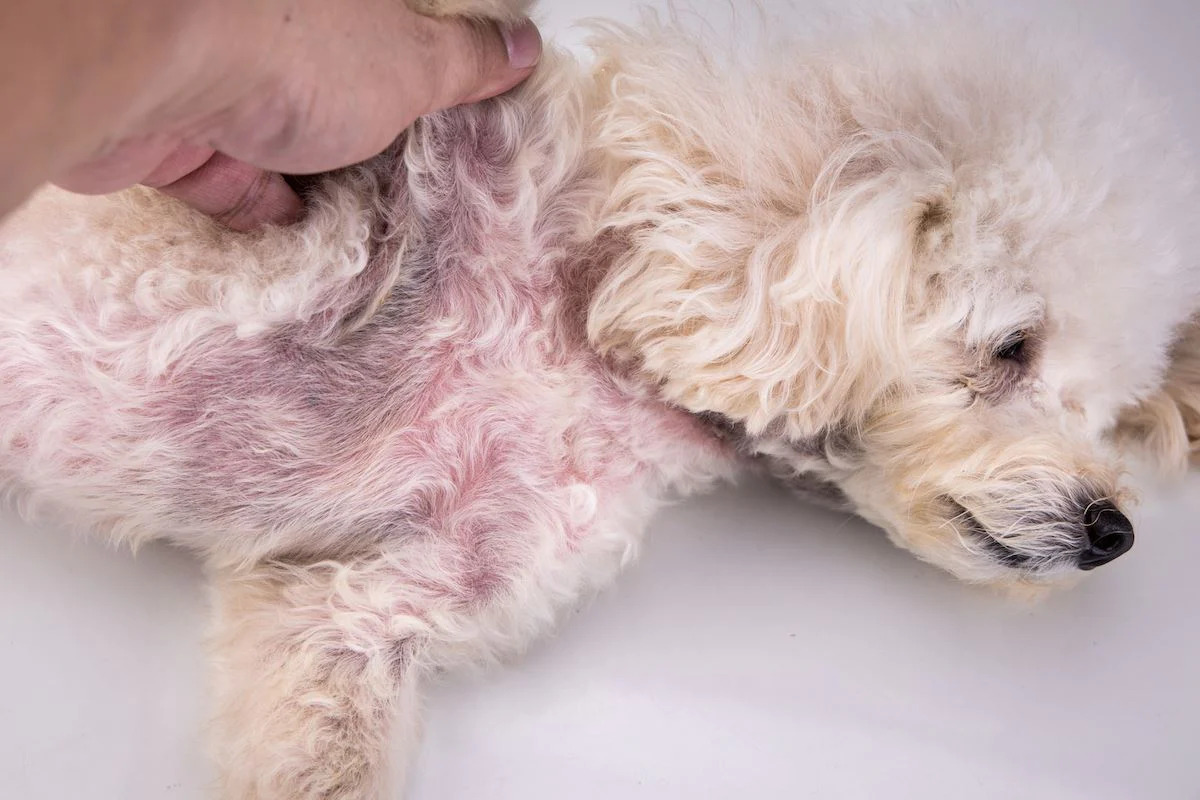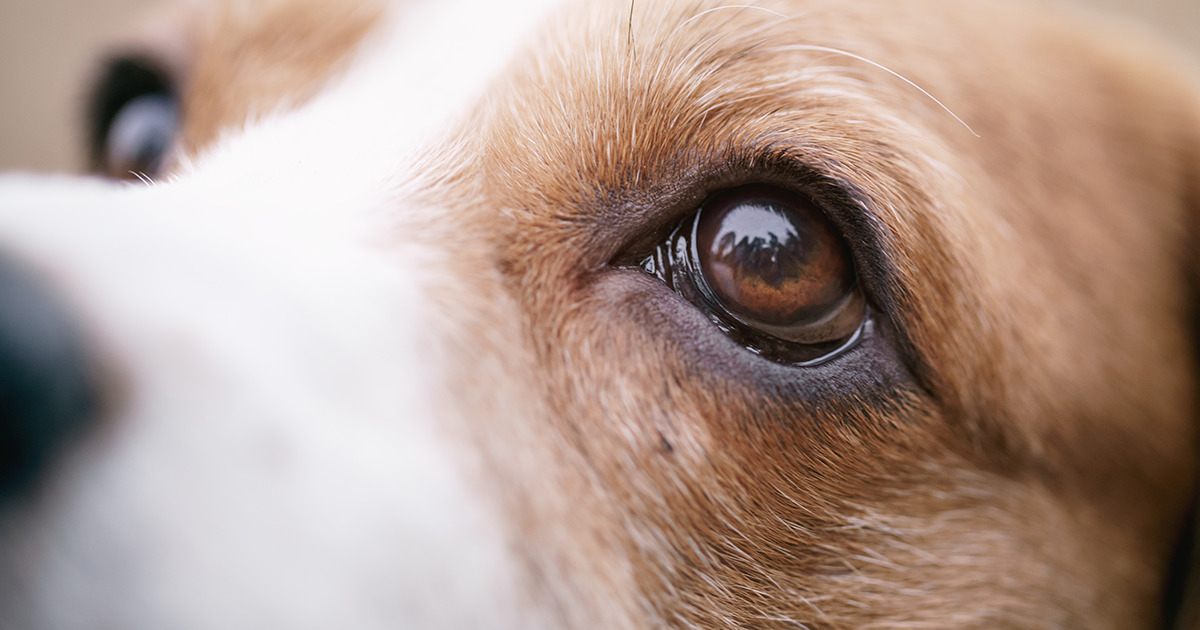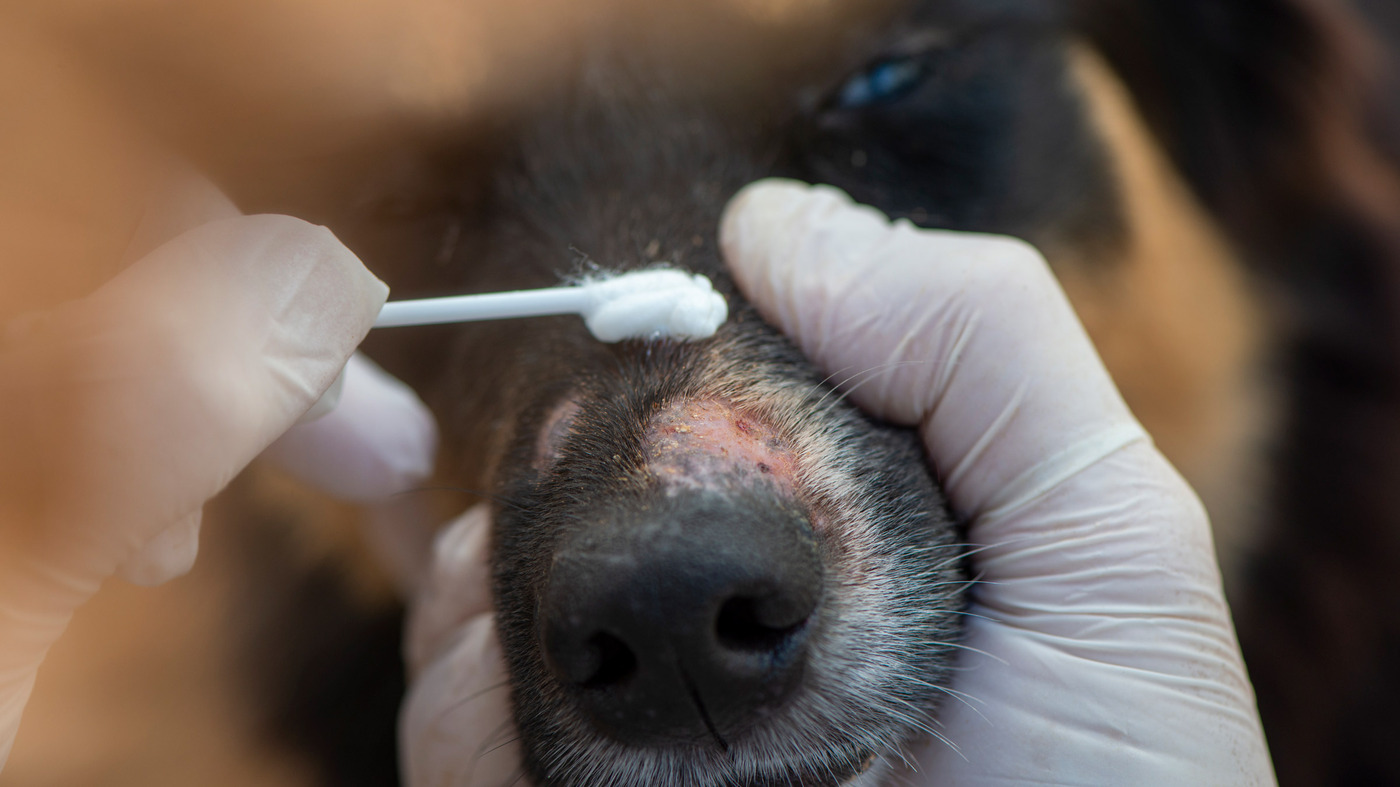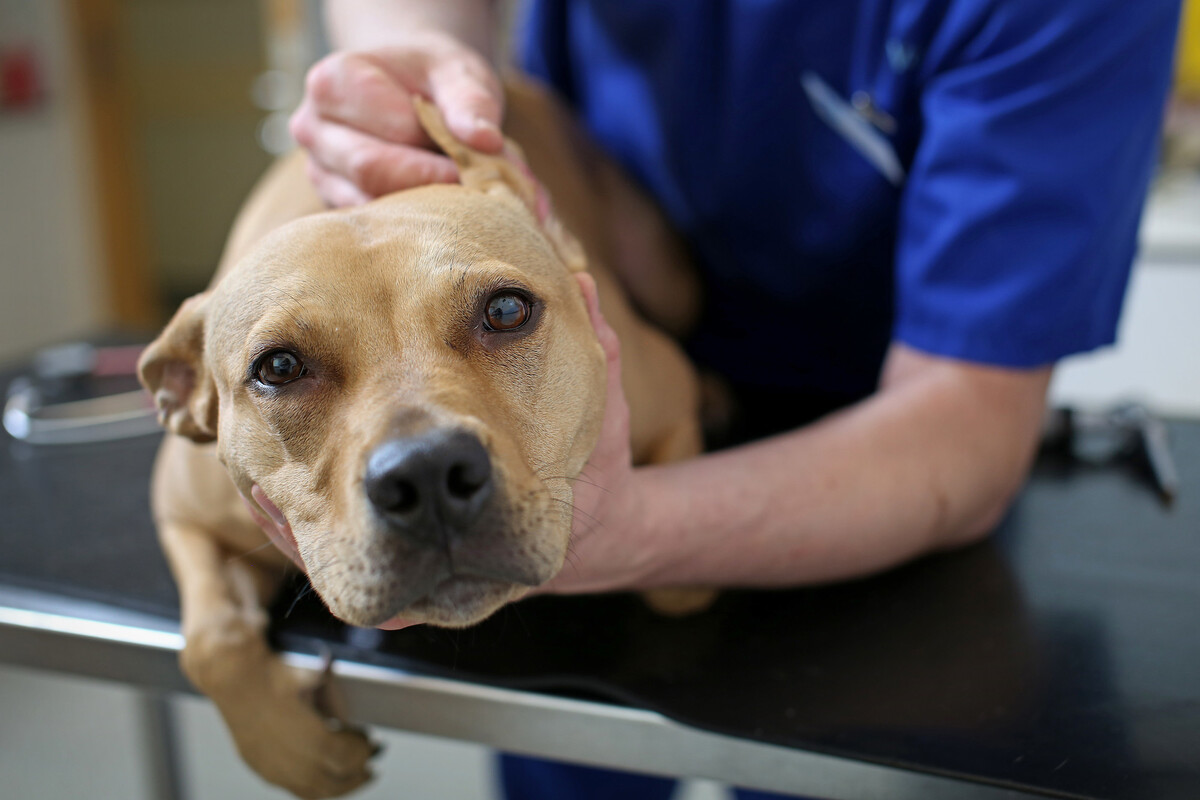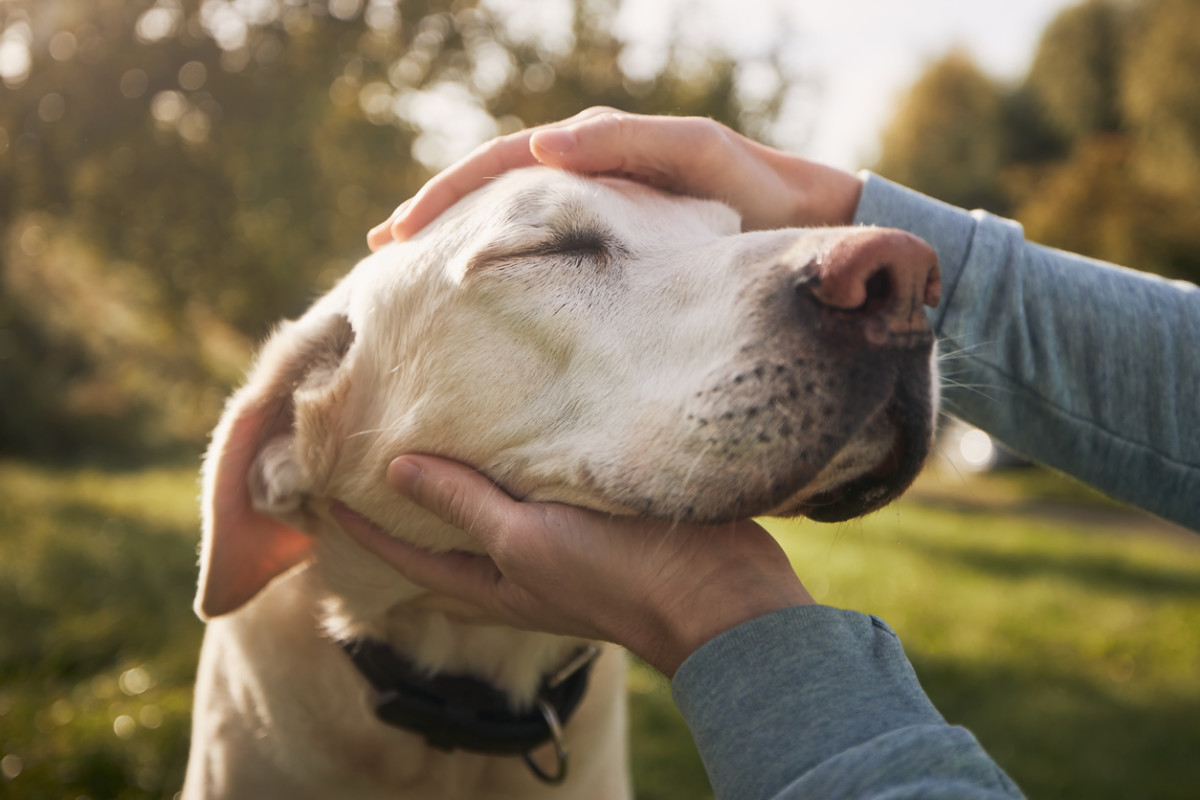Home>Health & Wellness>Common Health Issues>Why Are Dog’s Skin Allergies Worse At Night


Common Health Issues
Why Are Dog’s Skin Allergies Worse At Night
Published: January 27, 2024
Discover why dog's skin allergies worsen at night and learn about common health issues affecting pets. Find solutions to help your furry friend find relief.
(Many of the links in this article redirect to a specific reviewed product. Your purchase of these products through affiliate links helps to generate commission for Pawsomeoldies.com, at no extra cost. Learn more)
Table of Contents
Introduction
Dog skin allergies can be a source of discomfort for our beloved furry friends. Just like humans, dogs can experience allergic reactions that manifest in various ways, including itching, redness, and irritation. These allergies can be triggered by a range of factors, such as pollen, dust mites, certain foods, and even fleas. While these allergies can affect dogs at any time of the day, many pet owners have noticed that their dogs' skin allergies seem to worsen at night. This phenomenon can be puzzling, but understanding the reasons behind it can help us better care for our canine companions.
In this article, we will delve into the world of dog skin allergies, exploring the factors that contribute to their exacerbation during nighttime hours. Additionally, we will provide valuable tips for managing and alleviating the discomfort caused by these allergies, ensuring that both dogs and their owners can enjoy restful nights.
Understanding the complexities of dog skin allergies and their nighttime aggravation is crucial for pet owners who want to provide the best possible care for their furry friends. By shedding light on this topic, we aim to empower dog owners with the knowledge and strategies needed to support their pets' well-being and comfort. So, let's embark on this enlightening journey to unravel the mysteries of why dog skin allergies tend to worsen at night.
Understanding Dog Skin Allergies
Dog skin allergies are a common and often distressing issue that many pet owners encounter. These allergies can manifest in various forms, including itching, redness, rashes, and skin irritation. Just like humans, dogs can be sensitive to a wide range of allergens, which can trigger allergic reactions. These allergens may include pollen, mold, dust mites, certain foods, and even flea saliva.
When a dog comes into contact with an allergen, their immune system may perceive it as a threat and mount a defensive response, leading to the release of histamines and other inflammatory substances. This immune response can result in the classic symptoms of skin allergies, causing discomfort and distress for the affected dog.
One common type of dog skin allergy is atopic dermatitis, which is akin to eczema in humans. This condition is often triggered by environmental allergens such as pollen, mold, and dust mites. Another prevalent form of skin allergy in dogs is flea allergy dermatitis, which occurs when a dog develops an allergic reaction to flea saliva. Food allergies can also contribute to skin issues in dogs, leading to itching and skin irritation.
It's important to note that the severity of skin allergies can vary from dog to dog. Some may experience mild itching and redness, while others may endure more severe symptoms, such as extensive rashes and skin lesions. Additionally, the age, breed, and overall health of the dog can influence the way they respond to allergens.
Understanding the specific allergens that trigger a dog's skin allergies is crucial for effective management and treatment. Identifying these allergens can involve diagnostic tests conducted by a veterinarian, such as skin prick tests or blood tests. Once the allergens are pinpointed, steps can be taken to minimize the dog's exposure to them, thereby reducing the frequency and intensity of allergic reactions.
By gaining a deeper understanding of the nature of dog skin allergies, pet owners can better empathize with their furry companions and take proactive measures to alleviate their discomfort. This knowledge forms the foundation for implementing targeted strategies to manage and mitigate the impact of skin allergies, ultimately enhancing the well-being and quality of life for dogs affected by these common health issues.
Factors That Make Dog Skin Allergies Worse at Night
Several factors contribute to the exacerbation of dog skin allergies during nighttime hours. Understanding these factors is essential for pet owners seeking to alleviate their dogs' discomfort and promote restful nights for their furry companions.
-
Increased Sensitivity: Dogs, like humans, may experience heightened sensitivity to allergens at night. This phenomenon can be attributed to the body's natural circadian rhythms, which influence immune system activity and inflammatory responses. As a result, allergens that may have been tolerable during the day can trigger more pronounced allergic reactions in dogs at night, leading to increased itching, redness, and discomfort.
-
Environmental Triggers: Nighttime can bring about environmental conditions that exacerbate dog skin allergies. For instance, indoor air quality may deteriorate during the night due to reduced ventilation and the accumulation of allergens such as dust mites and pet dander. Additionally, pollen levels tend to peak in the early morning, which can contribute to heightened allergic reactions in dogs during the night.
-
Decreased Distractions: During the day, dogs may be engaged in various activities that serve as distractions, potentially diverting their attention from the discomfort caused by skin allergies. However, at night, when the household is quieter and the dog is more likely to be at rest, the symptoms of skin allergies can become more noticeable and bothersome, leading to increased licking, scratching, and restlessness.
-
Flea Activity: Fleas, common culprits of skin allergies in dogs, are known to be more active at night. These tiny parasites may intensify their feeding and movement during the nighttime hours, leading to heightened exposure to flea saliva, a common allergen for dogs. As a result, dogs with flea allergy dermatitis may experience more pronounced allergic reactions at night, exacerbating their skin issues.
-
Stress and Anxiety: Dogs experiencing skin allergies may also be more prone to stress and anxiety at night, which can further exacerbate their symptoms. Discomfort from itching and skin irritation can disrupt their sleep patterns and lead to heightened stress levels, creating a cycle of increased allergic reactions and emotional distress.
Understanding these factors can empower pet owners to implement targeted strategies to mitigate the exacerbation of dog skin allergies at night. By addressing environmental triggers, enhancing indoor air quality, and providing comfort and reassurance to their dogs, pet owners can play a proactive role in alleviating the nighttime discomfort caused by skin allergies.
This deeper understanding of the factors contributing to worsened skin allergies at night equips pet owners with the knowledge needed to support their dogs' well-being and enhance their quality of life, even during the challenging moments when allergies seem to intensify.
Tips for Managing Dog Skin Allergies at Night
-
Optimize Indoor Air Quality: Enhancing indoor air quality can significantly alleviate dog skin allergies at night. Regular vacuuming, washing bedding in hot water, and using air purifiers can help reduce the presence of allergens such as dust mites and pet dander, providing a more comfortable environment for dogs.
-
Nighttime Grooming Routine: Implementing a soothing grooming routine before bedtime can help manage dog skin allergies. Gentle brushing to remove potential allergens from the coat, followed by a hypoallergenic bath using vet-recommended products, can provide relief from itching and irritation, promoting a more peaceful night for dogs.
-
Allergen-Free Bedding: Investing in allergen-resistant bedding for dogs can minimize exposure to potential allergens, contributing to a reduction in nighttime allergic reactions. High-quality, hypoallergenic bedding can create a safe and comfortable sleep environment, supporting dogs with skin allergies.
-
Consultation with a Veterinarian: Seeking guidance from a veterinarian is crucial for effectively managing dog skin allergies. Veterinarians can conduct diagnostic tests to identify specific allergens, prescribe appropriate medications, and recommend tailored treatment plans to alleviate the symptoms of skin allergies, especially during nighttime hours.
-
Flea Prevention Measures: Implementing rigorous flea prevention measures is essential for dogs prone to flea allergy dermatitis. Regular use of vet-recommended flea control products, thorough cleaning of living spaces, and minimizing outdoor exposure during peak flea activity hours can help reduce the risk of allergic reactions at night.
-
Comforting Environment: Creating a calming and comforting environment for dogs at night can help mitigate the impact of skin allergies. Providing a designated, cozy sleeping area, minimizing disruptive noises, and offering gentle reassurance can alleviate stress and anxiety, contributing to improved sleep quality for dogs with skin allergies.
-
Nutritional Support: Nutrition plays a vital role in managing dog skin allergies. Consultation with a veterinarian to explore hypoallergenic diet options and the potential benefits of supplements such as omega-3 fatty acids can aid in supporting skin health and reducing allergic reactions, promoting overall well-being, even during nighttime hours.
-
Regular Monitoring and Documentation: Keeping a record of the frequency and severity of allergic reactions at night can provide valuable insights for pet owners and veterinarians. Regular monitoring of skin condition, itching episodes, and behavioral changes can facilitate informed decision-making and the adjustment of management strategies to better address nighttime skin allergies in dogs.
By implementing these proactive tips for managing dog skin allergies at night, pet owners can play a pivotal role in supporting their dogs' comfort and well-being, even during the challenging moments when skin allergies tend to worsen. These strategies, combined with professional guidance from veterinarians, can contribute to a significant improvement in the quality of life for dogs affected by skin allergies, ensuring restful nights and a happier, healthier canine companionship.
Conclusion
In conclusion, the exacerbation of dog skin allergies at night presents a multifaceted challenge for pet owners, as they strive to alleviate their canine companions' discomfort and promote restful nights. The factors contributing to worsened skin allergies during nighttime hours, including increased sensitivity, environmental triggers, flea activity, and stress, underscore the complexity of managing this common health issue. However, armed with a deeper understanding of these factors, pet owners can implement targeted strategies to support their dogs' well-being and enhance their quality of life, even during the challenging moments when skin allergies seem to intensify.
By optimizing indoor air quality, implementing a soothing grooming routine, and investing in allergen-resistant bedding, pet owners can create a more comfortable environment for their dogs, minimizing exposure to potential allergens and contributing to a reduction in nighttime allergic reactions. Seeking guidance from veterinarians, particularly in identifying specific allergens, prescribing appropriate medications, and recommending tailored treatment plans, is crucial for effectively managing dog skin allergies, especially during nighttime hours.
Furthermore, rigorous flea prevention measures, the creation of a calming and comforting environment, and the exploration of hypoallergenic diet options and nutritional support can significantly aid in mitigating the impact of skin allergies at night. Regular monitoring and documentation of allergic reactions provide valuable insights for pet owners and veterinarians, facilitating informed decision-making and the adjustment of management strategies to better address nighttime skin allergies in dogs.
Ultimately, the well-being of dogs affected by skin allergies hinges on the proactive involvement of pet owners, coupled with professional guidance from veterinarians. By implementing the tips and strategies outlined in this article, pet owners can play a pivotal role in supporting their dogs' comfort and well-being, ensuring restful nights and a happier, healthier canine companionship.
In the face of the challenges posed by dog skin allergies, this comprehensive understanding and proactive approach can pave the way for improved management and alleviation of nighttime discomfort, fostering a stronger bond between pet owners and their beloved furry friends.
